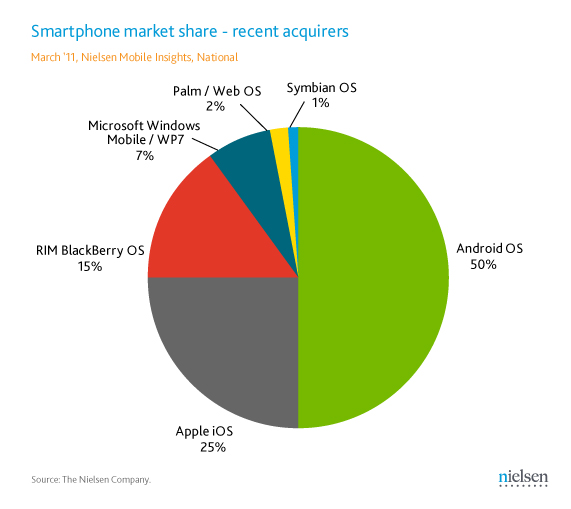One is this Marketwatch article that discusses the changing "break-even" price of oil in recent years. Basically, it's not so simple as just the mechanical break-even price of production, which is comparatively low in the OPEC countries almost uniformly (often sub $25 a barrel). It is a question of how much of a profit do they need to turn on their oil in order to satisfy growing political demands at home. According to the article, though this is difficult to verify, that price has increased from $30 a barrel to almost $85 since 2003.
I suspect a good portion of that might be quite recent as a consequence of the uprisings in the nations of the Arabian Peninsula and North Africa. Governments across the Middle East, especially Kuwait and Saudi Arabia, have opened up the fiscal spigots to quell the hot tempers of their simmering people, tired of corrupt and unresponsive governments that also do not reflect their religious values. To be sure, there is a split between more secular reformers and the religious fanatics in their motivations for reform, but the point remains that there is deep dissatisfaction and there should be, to be perfectly honest.
Atop this is the simple factor that supplies from Libya have been badly disrupted by the ongoing civil war there where one of the principal battlegrounds has been near one of the major oil distribution terminals. As oil's supply and demand curves are both highly inelastic in the short-term, that magnitude of disruption is difficult to discount. Similarly, oil traders have generally assigned a security premium of indeterminate value to the price of oil for fear of major disruptions.
The other major factor has been a recent/ongoing rout of the U.S. dollar versus virtually all currencies. However, this is a comparatively modest contributor and we can determine what that effect should be by simple arithmetic.
Working against oil is the fundamental fact that world stockpiles are sitting quite pretty at the moment.
U.S. stockpiles (Source: Energy Information Agency) are at very high levels indeed and the OECD as a whole is at the high-ish end of its range in terms of days of supply. Further, as consumption buckles and new production appears more attractive at current prices, the self-corrective mechanism of inventory builds is likely to take hold. However, I would caution against people who look at the current days of supply in oil and say, "Well, golly, why don't we have $30 a barrel oil again.". Things have changed since those old days and the world's oil supply has become fundamentally more difficult to get at and with it production costs have legitimately risen considerably. Cheap oil is simply no longer a possibility. What's more is that current markets are discounting the not too distant future in terms of both rising demand and more constricted supplies.
Still, there is plenty of evidence that there is some intangible valuation going on with oil. A few weeks back, the price broke by nearly $10 in a single day. Healthy markets simply don't do that. I would struggle to tell you what oil's fair market value actually is, but I suspect that it is presently overvalued by 10-15%. I would not stake my life on such a bet, nor would I make a play like I did with options on silver. That was a clear cut bubble that could not be justified. This, on the other hand, is considerably more cryptic.
Stay tuned.






